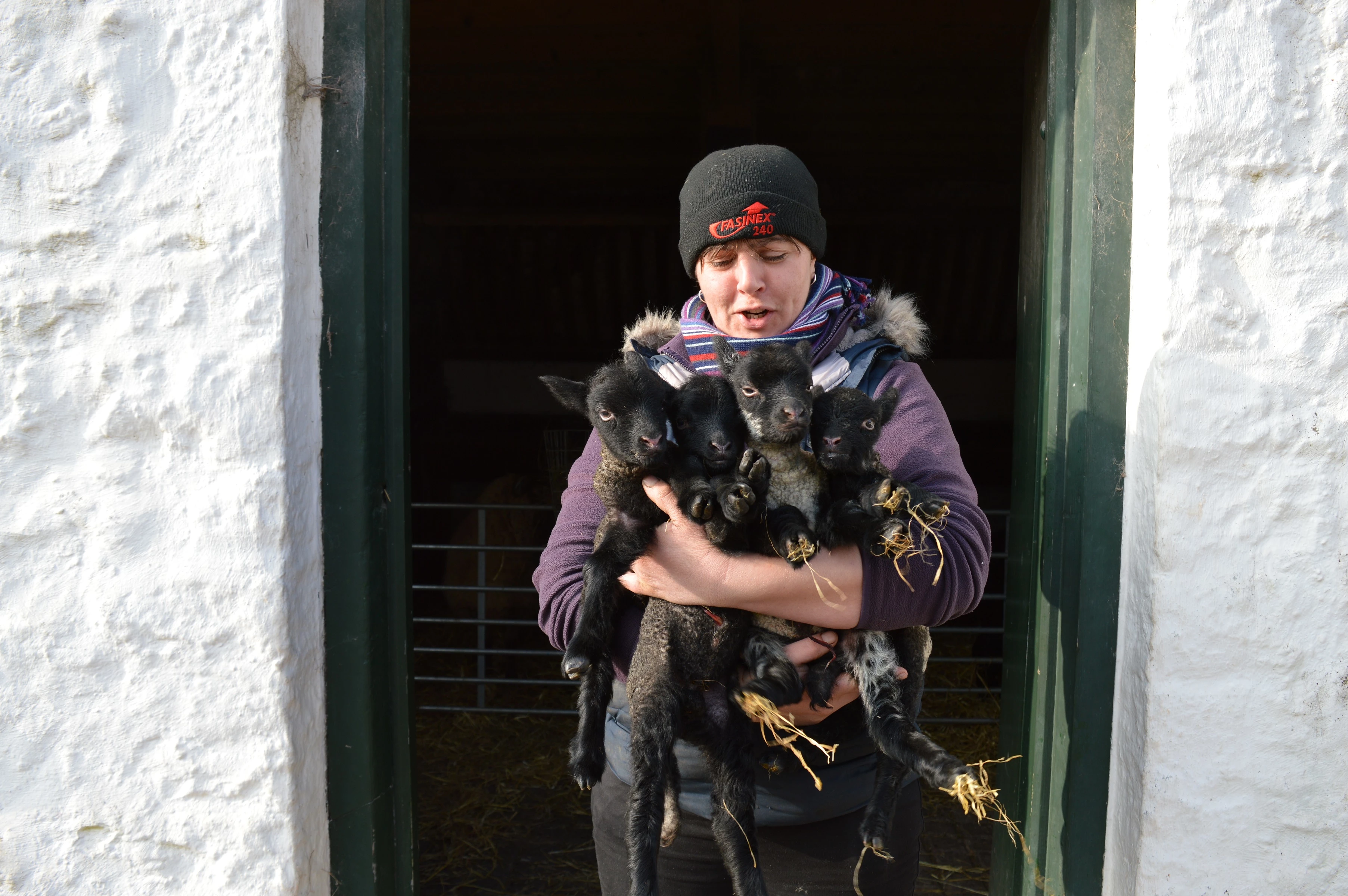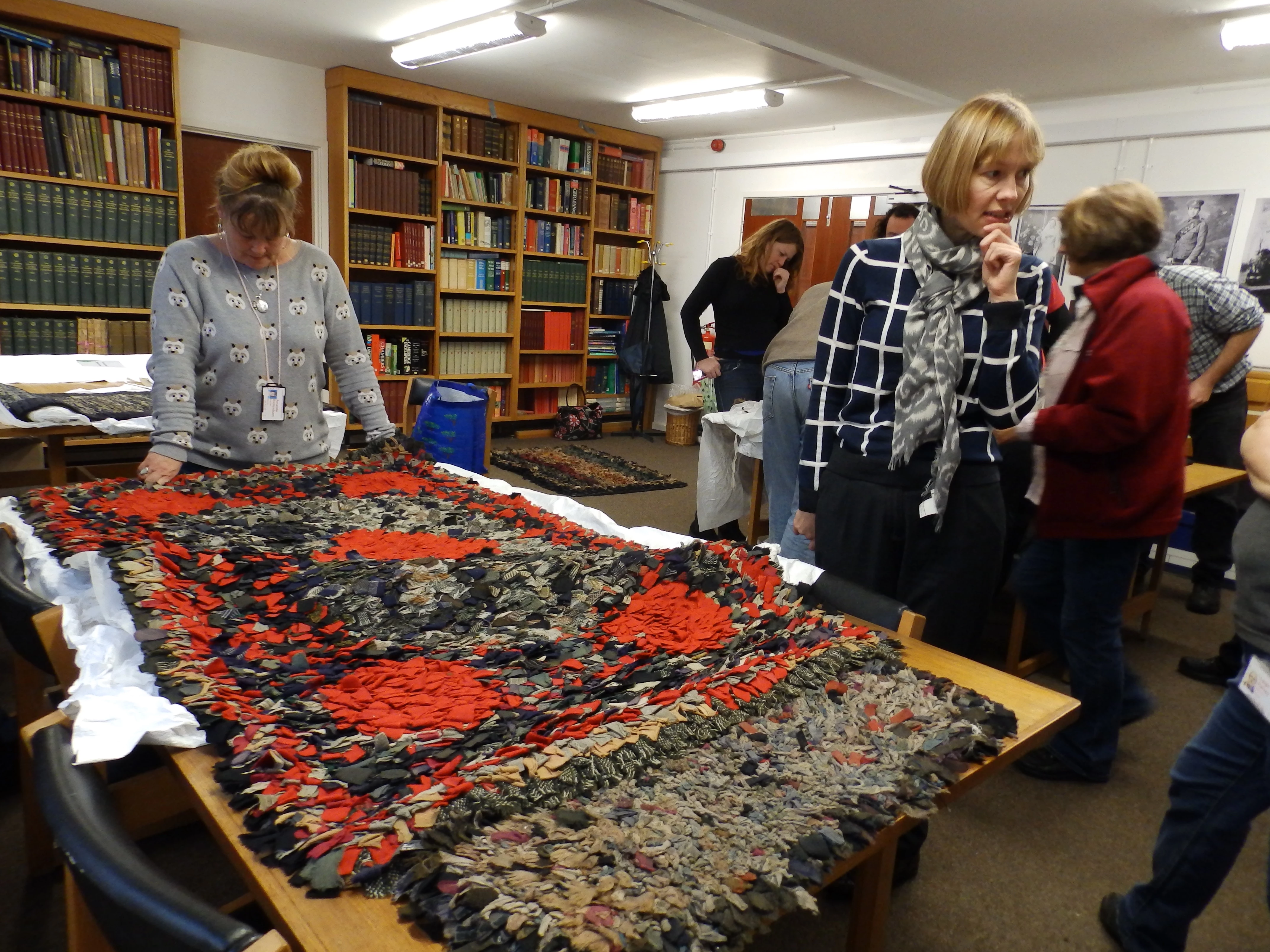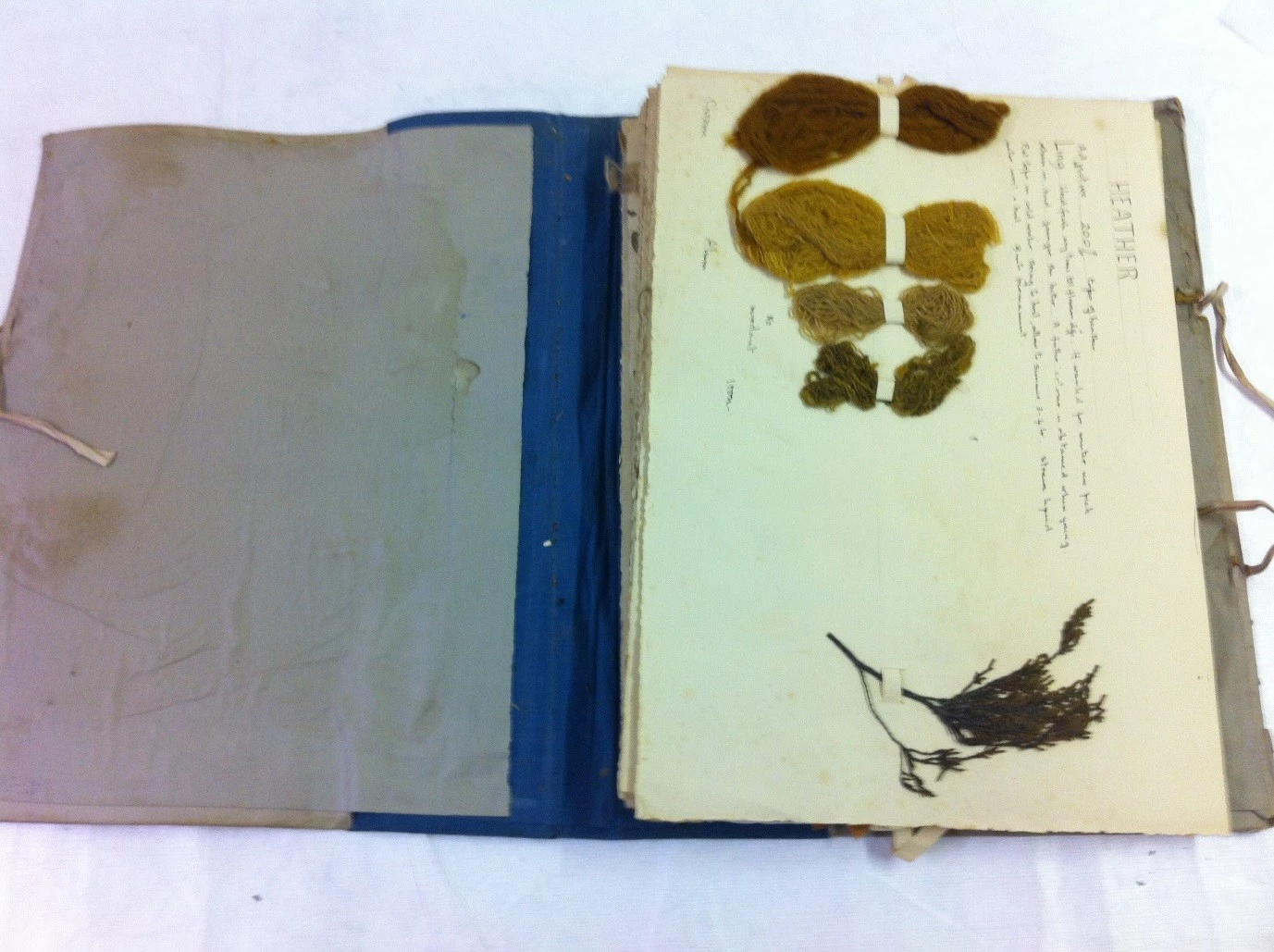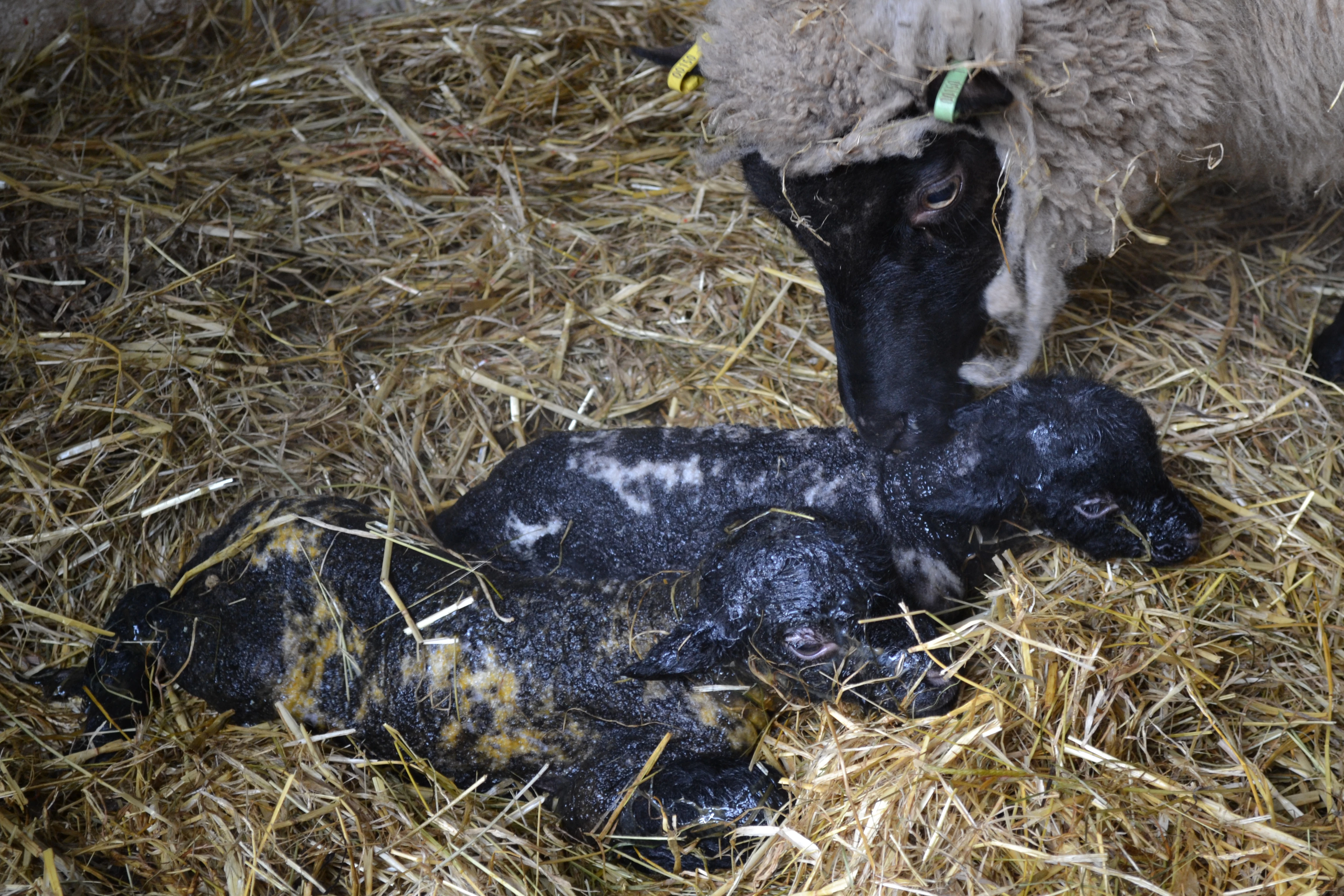The final countdown
, 25 March 2015
Another successful lambing season at St Fagans is drawing to a close. We hope you’ve enjoyed watching all the action live on Lambcam along the way. There are still a few ewes left to deliver, as I write this the lamb-o-meter has clocked up 144. We’re on course to beat our target of 150 lambs, and hope to pass 160. That figure includes:
- 5 sets of triplets
- One set of quads (our first ever).
There’s been some losses along the way:
- One set of twins - early miscarriage.
- One set of twins – stillborn.
- Four lambs accidentally smothered by their mothers
- One triplet failed to thrive – died at 2 days old.
We are expecting to finish with two lambs being bottle fed – that’s Herbert, the smallest of the quads, and another lamb whose mother's milk dried up due to mastitis. So until next year, here is a picture of Herbert enthusiastically tucking into his lunch yesterday.
Herbert the lamb eating his lunch - with half of it over his face
See you in 2016 Lambcam-ers!







